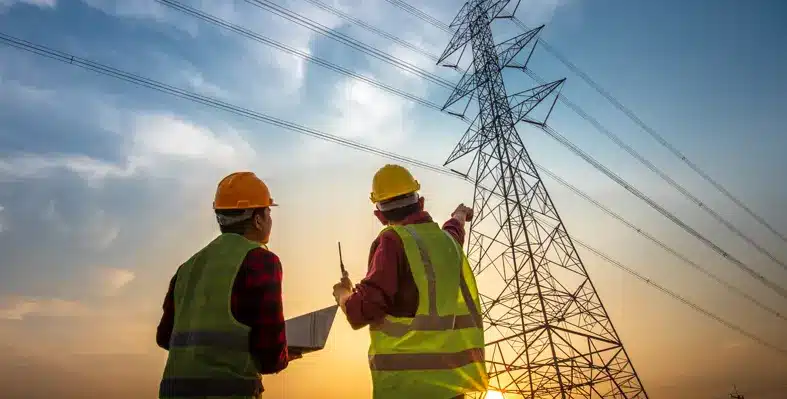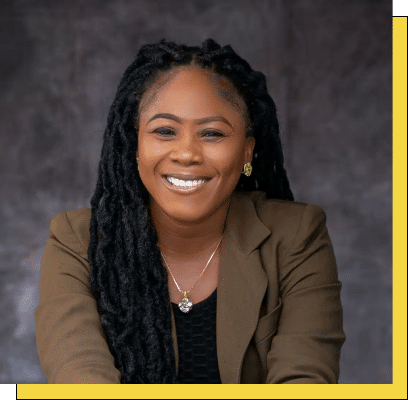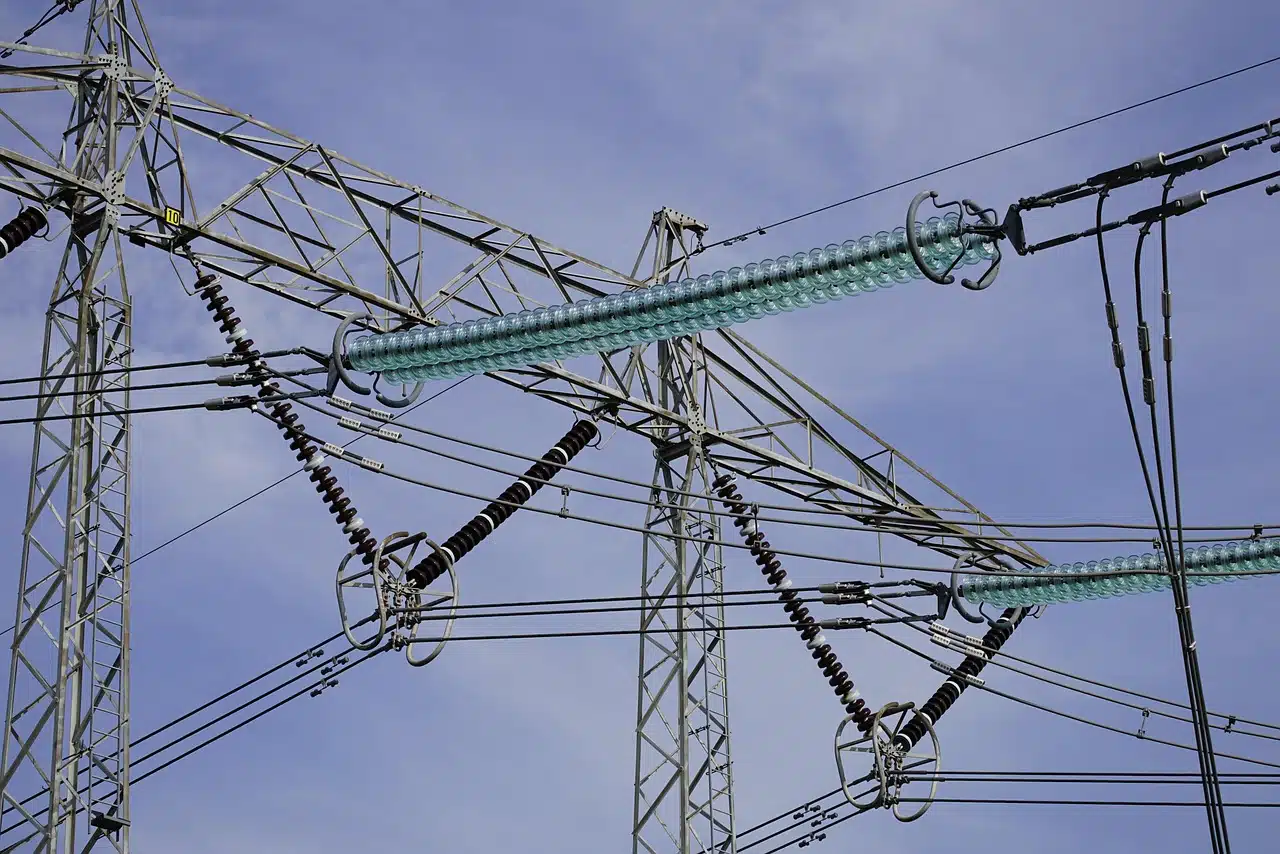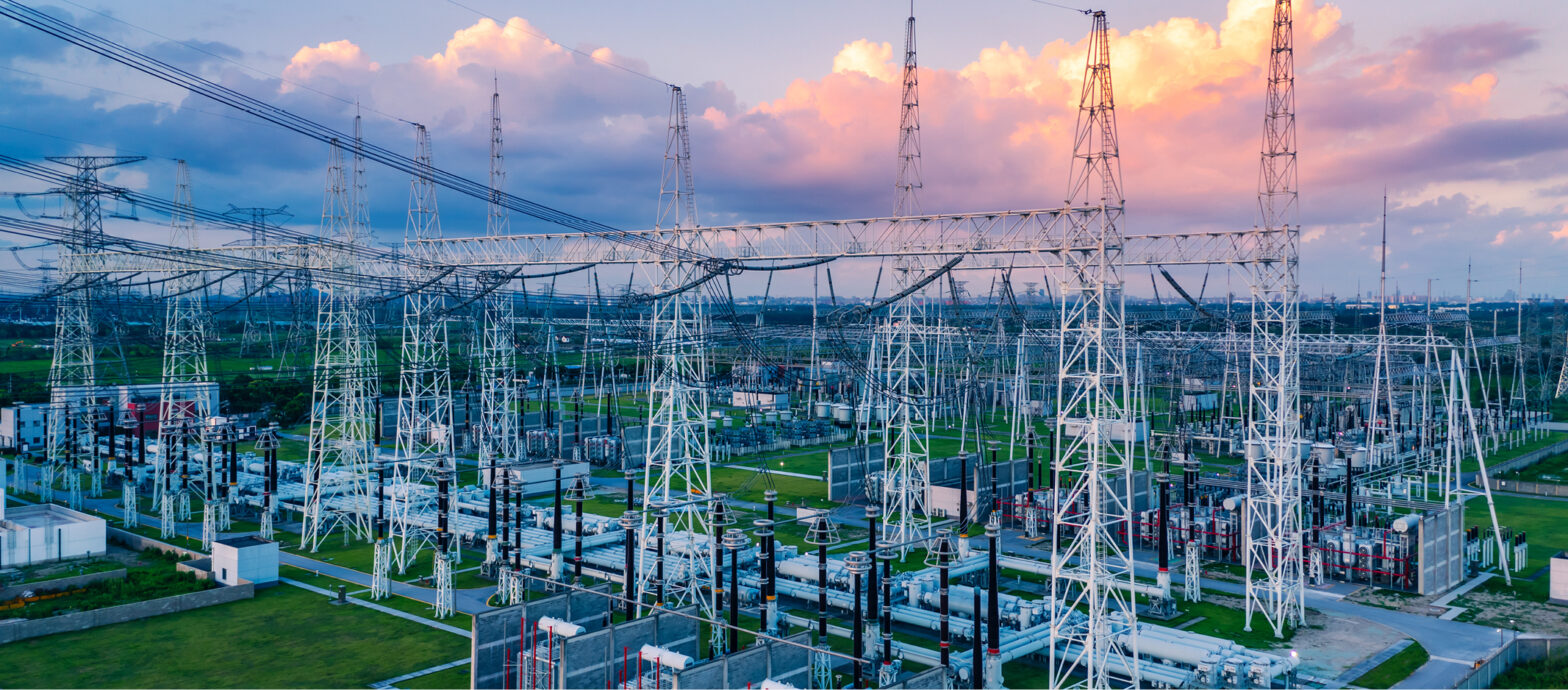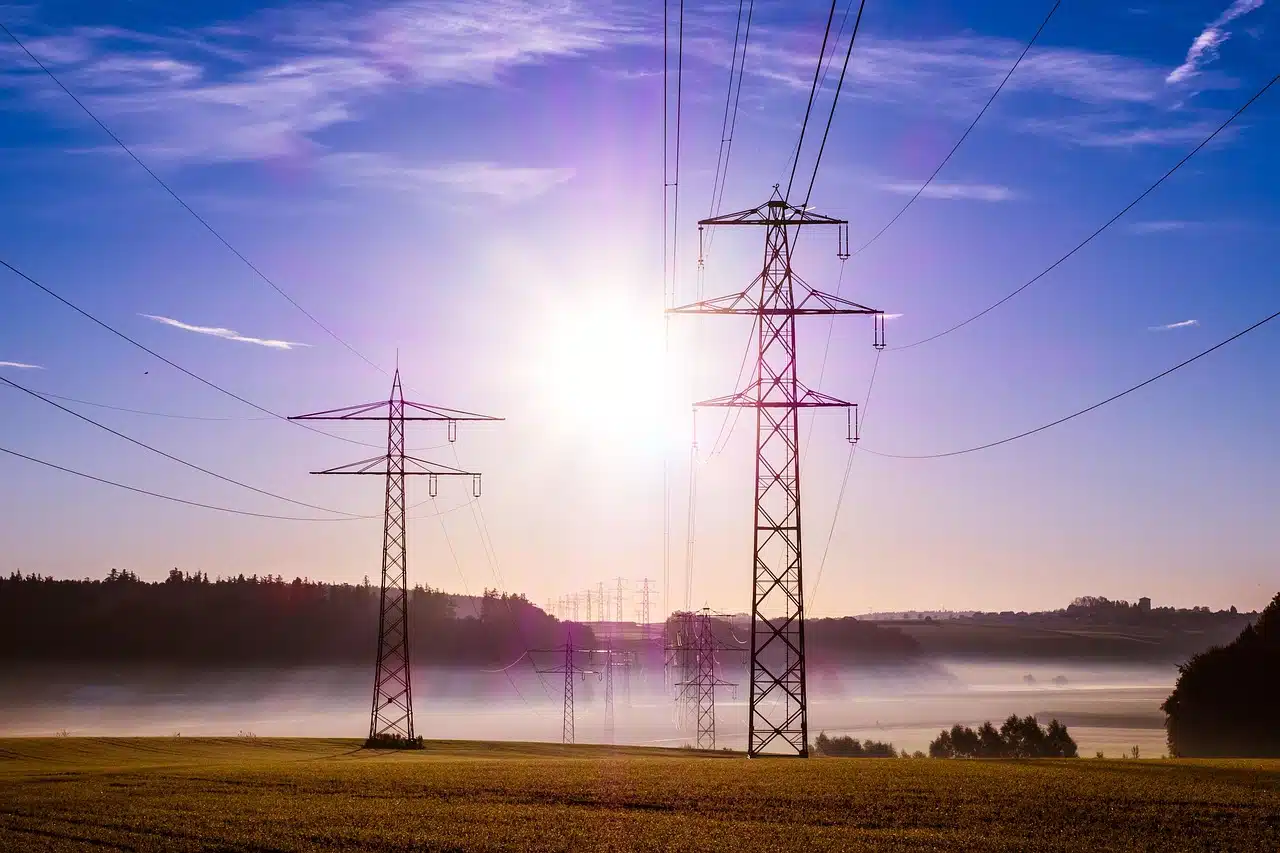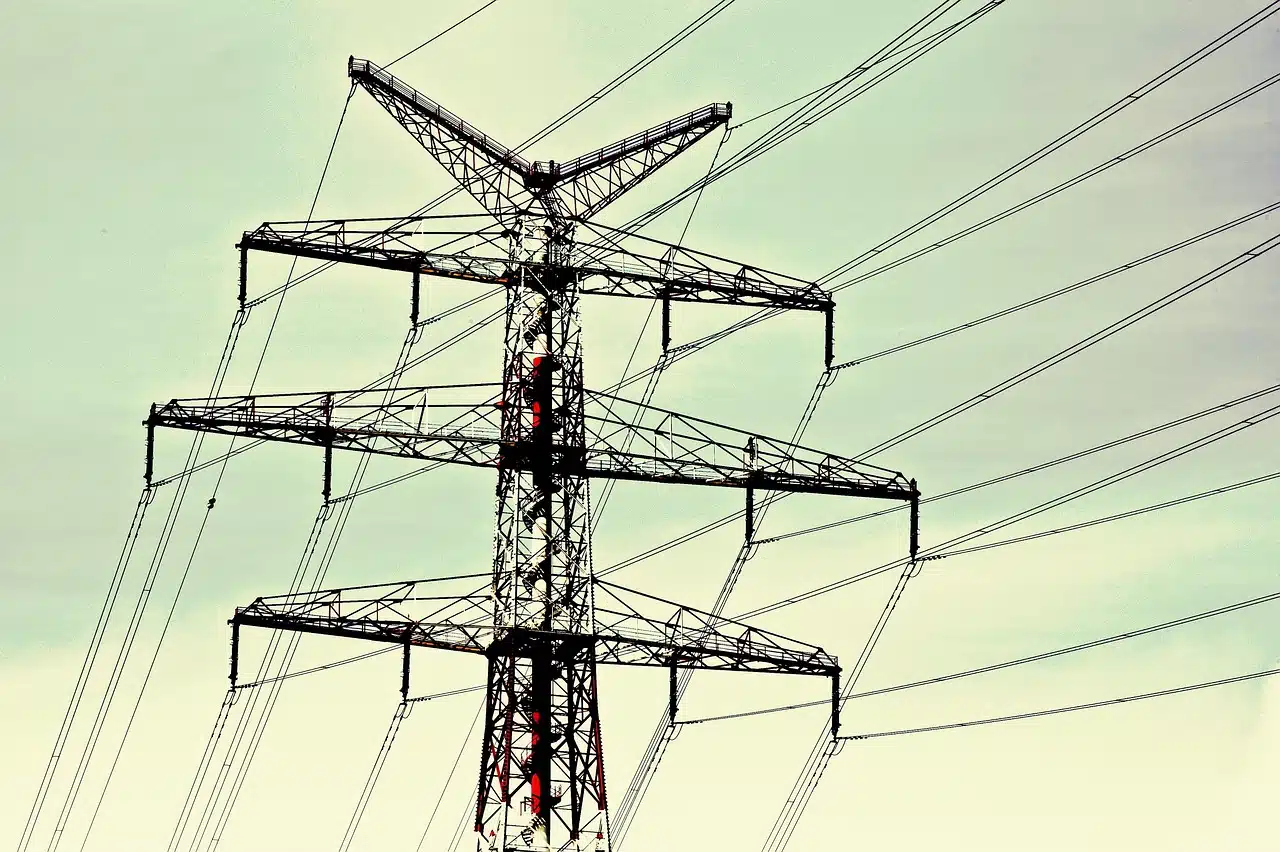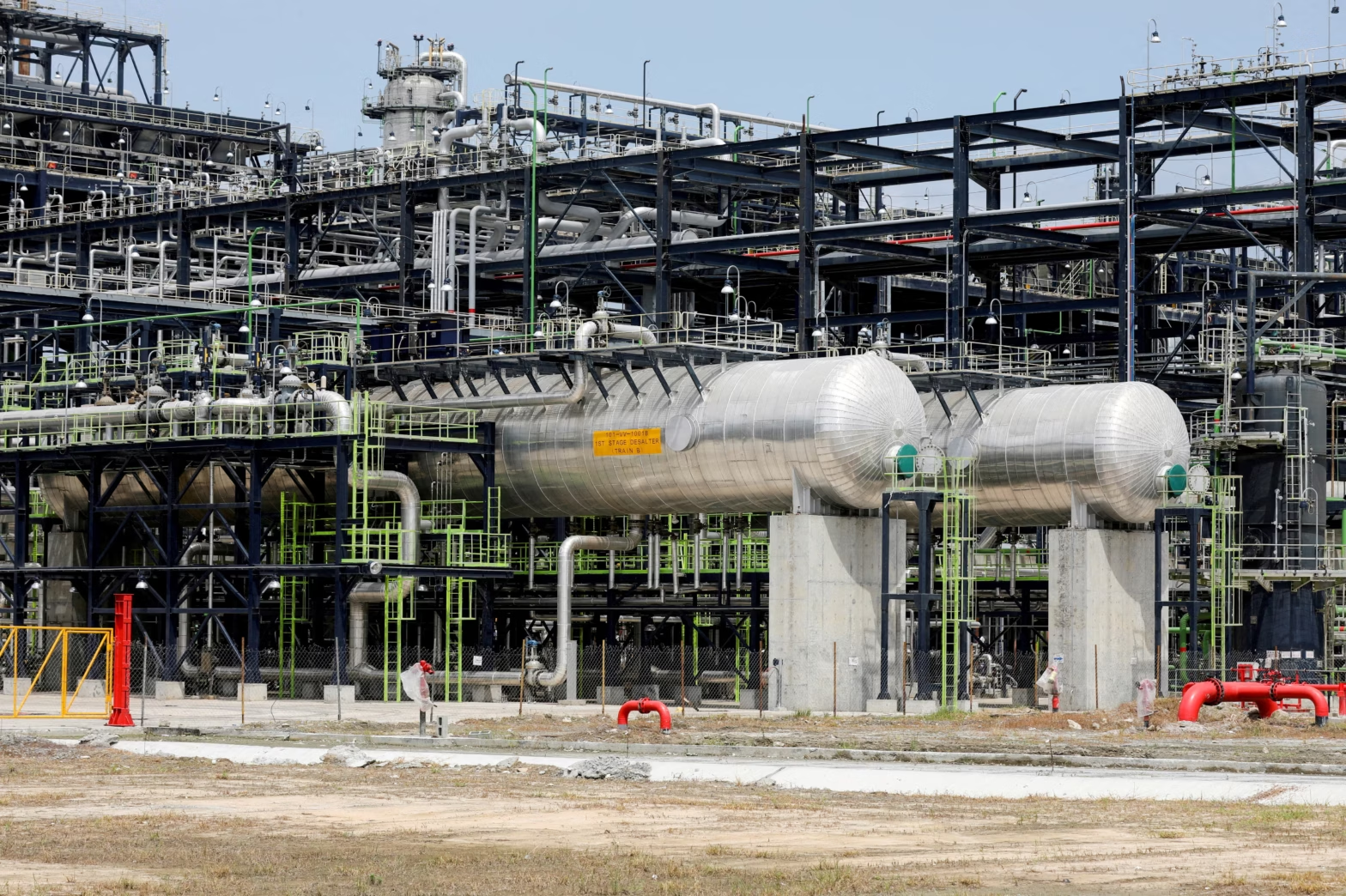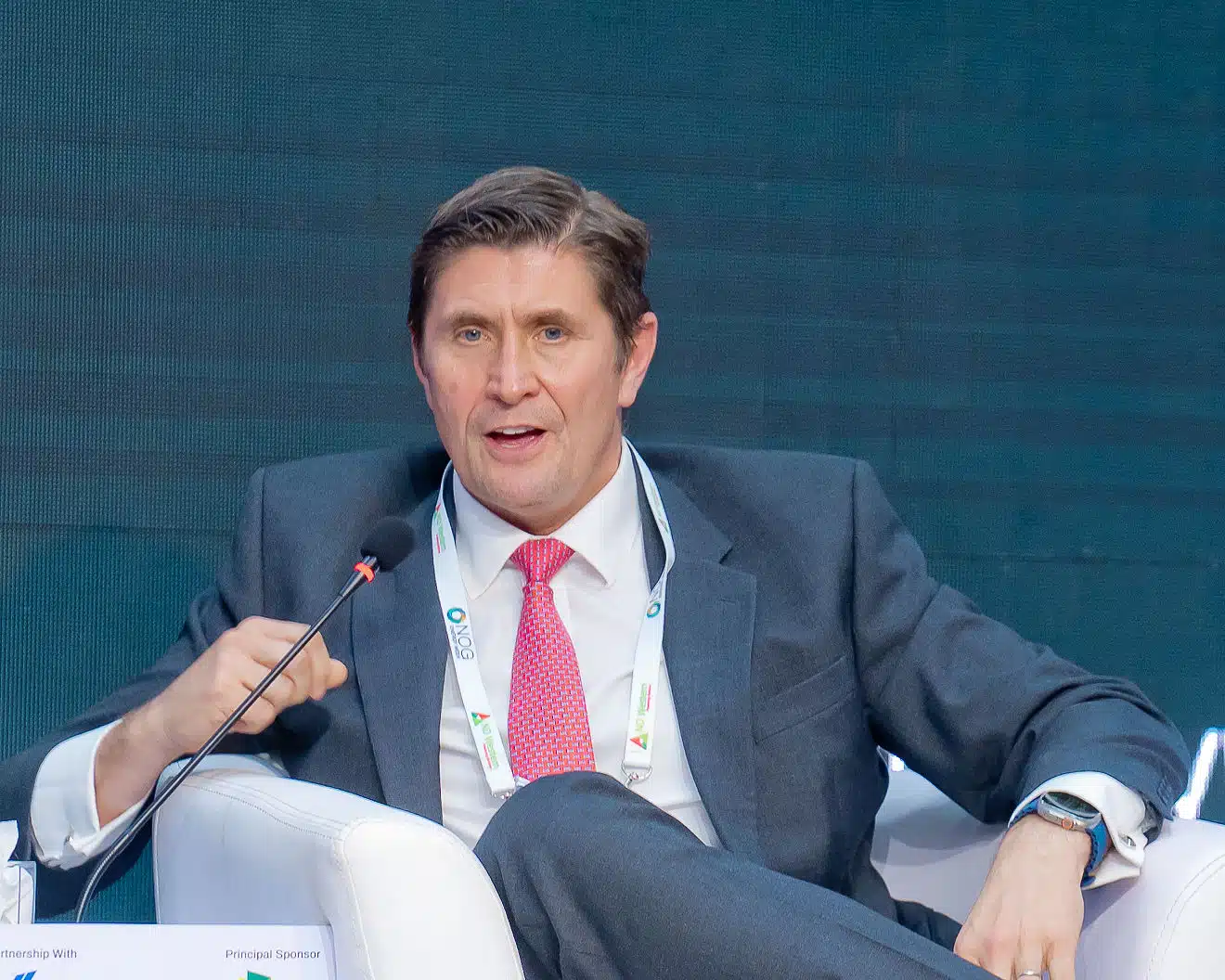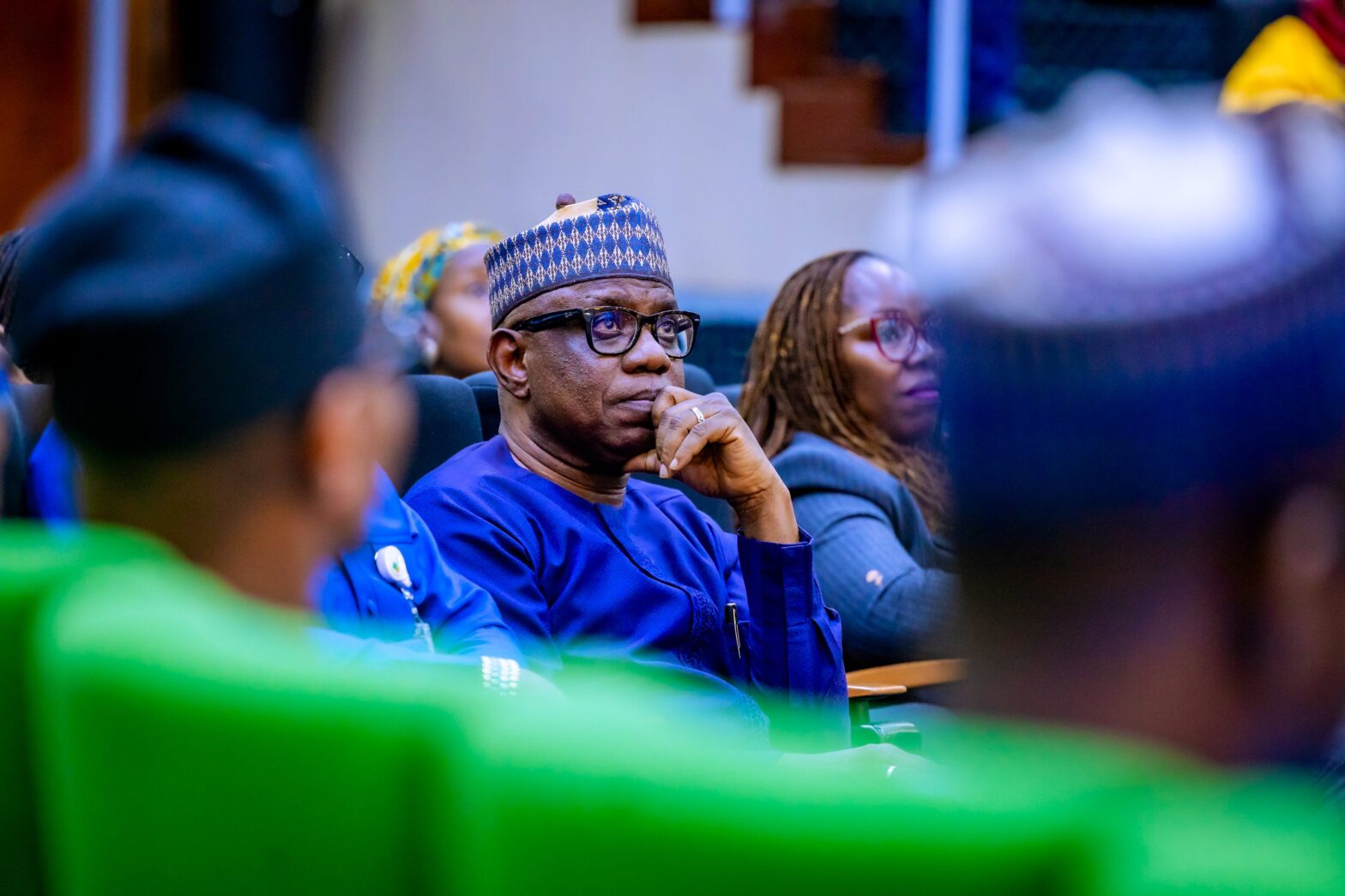A dozen African nations, including Nigeria, Senegal, Zambia and Tanzania have committed to opening up their electricity sectors to attract investors and accelerate electricity access to 300 million people in the next six years.
The leaders of the African nations stressed their commitment on Monday at the opening session of the “Mission 300 Africa Energy Summit” ongoing in Dar es Salaam, Tanzania between January 27 and 28 2025.
The Mission 300 Africa Energy Summit was launched in 2024 by the World bank and the African Development Bank (AfDB) to unite African leaders to accelerate energy access for 300 million Africans by 2030.
The Summit’s energy goals are crucial in addressing Africa’s energy challenges, as it aims to unlock at least $90 billion in capital from multilateral development banks, development agencies, finance institutions, private businesses and philanthropies, according to the Rockefeller Foundation, which is part of the initiative.
AfDB estimates that nearly 600 million people in Africa currently lack access to electricity, a resource considered by the group as critical for economic development and job creation.
The Mission 300 Summit offers an annual opportunity for African heads of state to deliberate on the best possible ways to turbocharge their electricity sectors, push renewable energy integration and raise national electricity connection targets.
This year’s edition, held in Tanzania’s commercial capital, also presents an opportunity for multilateral development banks and commercial banks to persuade their clients to invest in Africa’s energy sectors.
The World Bank has been very supportive in this regard. As one of Africa’s largest funding partners over the years, it has implemented many key projects aimed at promoting renewable energy, reducing poverty, and sustainable development on a livable planet.
The president of the Bank, Ajay Banga, in his remarks said:
“300 million out of 600 million people is what we want to reach. Thanks not a small number. It’s a hard goal. It’s an achievable goal. It’s going to take much work. And in the past, the biggest challenge has been the absence of all hands coming together to play.”
While many African leaders have been interested in providing electricity to their citizens, the cost of expanding and rehabilitating their country’s electricity grids has proven very challenging, requiring huge capital investment. More so, in countries like Nigeria where the government and citizens are debating the removal of subsidies on electricity.
Half of the targeted new connections will get electricity from existing national grids, the World Bank and the AfDB said, while the other half will be from renewable energy sources, including wind and solar mini-grids.
To set the project in motion, the World Bank expects to spend between $30-40 billion, while the AfDB will provide $10-15 billion, with the rest expected to come from private investors and other sources.
For both institutions, “Mission 300” is beyond just a plan. It is critical to achieving Sustainable Development Goal (SDG) 7, which is aimed at ensuring universal access to affordable, reliable, modern, and sustainable energy.
Overall, for “Mission 300” to succeed in its ambitious electrification plan, there is a need for regional collaboration and commitment to implementation among key stakeholders in the electricity sector.

